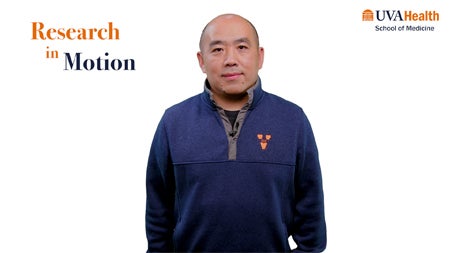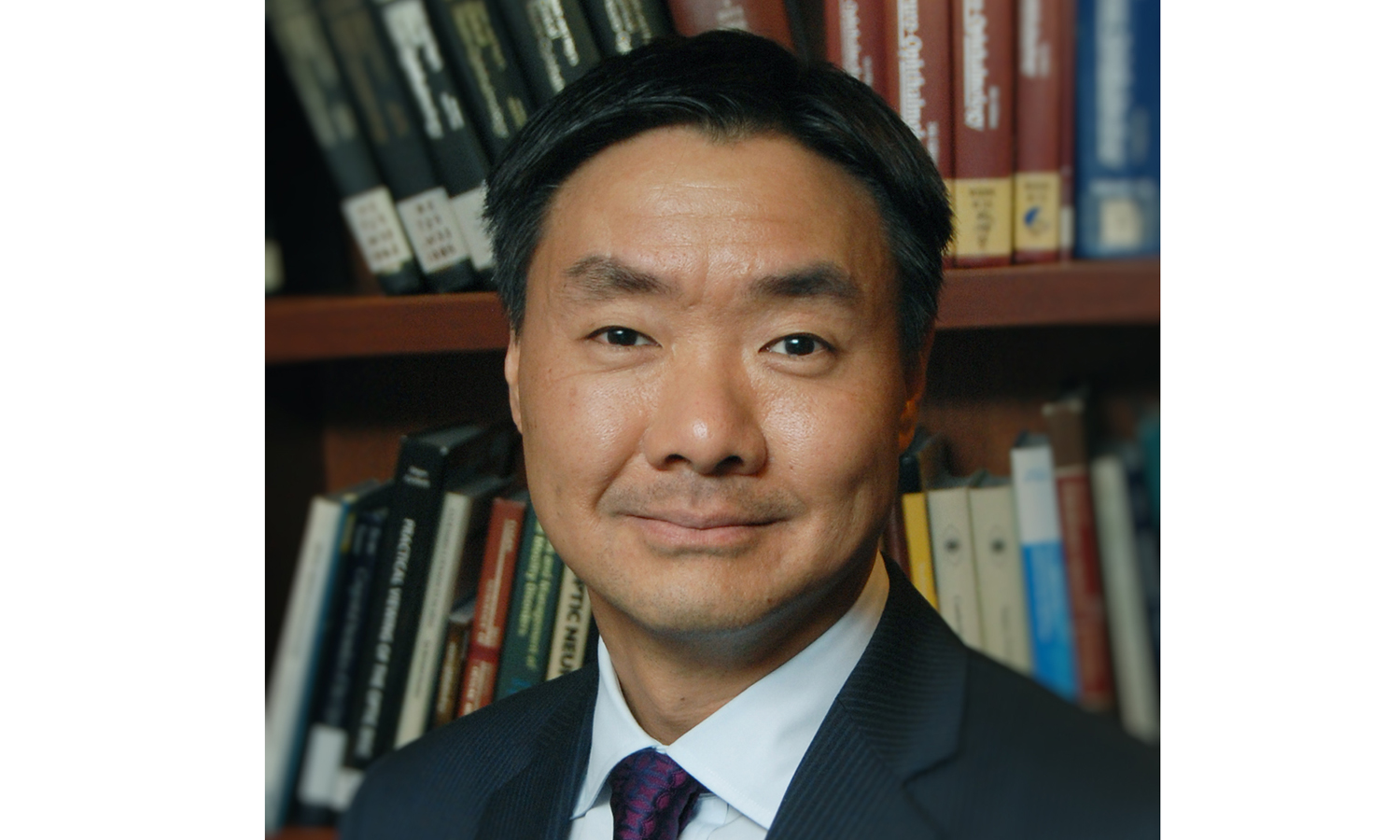Advances in Biomedical Research
Healthy living and disease recovery are big, expansive goals. The key to both, however, may be very small. Microcirculation small.
Shayn Peirce-Cottler, PhD, is a proud ’Hoo (Eng. ’02) and a professor in the Department of Biomedical Engineering at UVA. Her research focuses on capillaries, tiny blood vessels that transport everything from water and oxygen to glucose and carbon dioxide.
“These vessels are in every single tissue in the body and are a contributing factor in a multitude of diseases,” Peirce-Cottler notes. “If your capillaries are healthy, so are you. If we can rebuild and redirect healthy capillaries to a heart muscle after a heart attack, to a foot wound post-surgery, to an eyeball after an injury—we can improve and speed up recovery.”
You could say research and engineering are in Peirce-Cottler’s blood. With a civil engineering professor as a father, she grew up in his lab and around his graduate students. Fast forward to 2019, and Peirce-Cottler’s UVA lab is celebrating its 15th birthday and collaborations that span across Grounds—including doctors, surgeons, basic scientists, nurses, graduate students, and engineers—on a wide variety of research and discoveries.
Her lab specializes in developing and using computational models to study multi-cell biological systems. It’s difficult to find an organ or health condition that Peirce-Cottler’s work hasn’t impacted: eye injuries, the heart and cardio conditions, skin, joints, the pancreas, diabetes, cancer, muscular dystrophy, the brain, and neurodegeneration, to name a few. “Regeneration of vessels, tissues, organs— that’s my overarching passion,” Peirce-Cottler says.
“Regenerative medicine strives to reset our bodies to essentially heal the way they healed when we were kids. Pain was minimal, the process was quick, and there was little-to-no resulting scar tissue.”
Peirce-Cottler is a key member of a collaborative UVA team made up of researchers and clinicians in the College of Arts & Science’s Department of Chemistry, the School of Engineering’s Department of Biomedical Engineering, and the School of Medicine’s Department of Plastic Surgery and Chronic Wound Care Clinic.
Together, they developed a smartphone-based camera system that records dynamic tissue oxygen levels at a wound site. This type of imaging is crucial for foot wounds in diabetic patients, many of whom suffer from poor blood circulation in the legs. Oxygen levels are invisible to the eye, so the mapping allows doctors to better monitor these patients and potentially save their limbs.
“UVA is Goldilocks-sized,” Pierce-Cottler notes. “It’s not so big that you can’t find the people you need to work with. It’s not so small that people you want to work with aren’t here. And philanthropy at UVA provides collaborations with the funding, resources, and time they require to develop innovative solutions for restoring health.”




